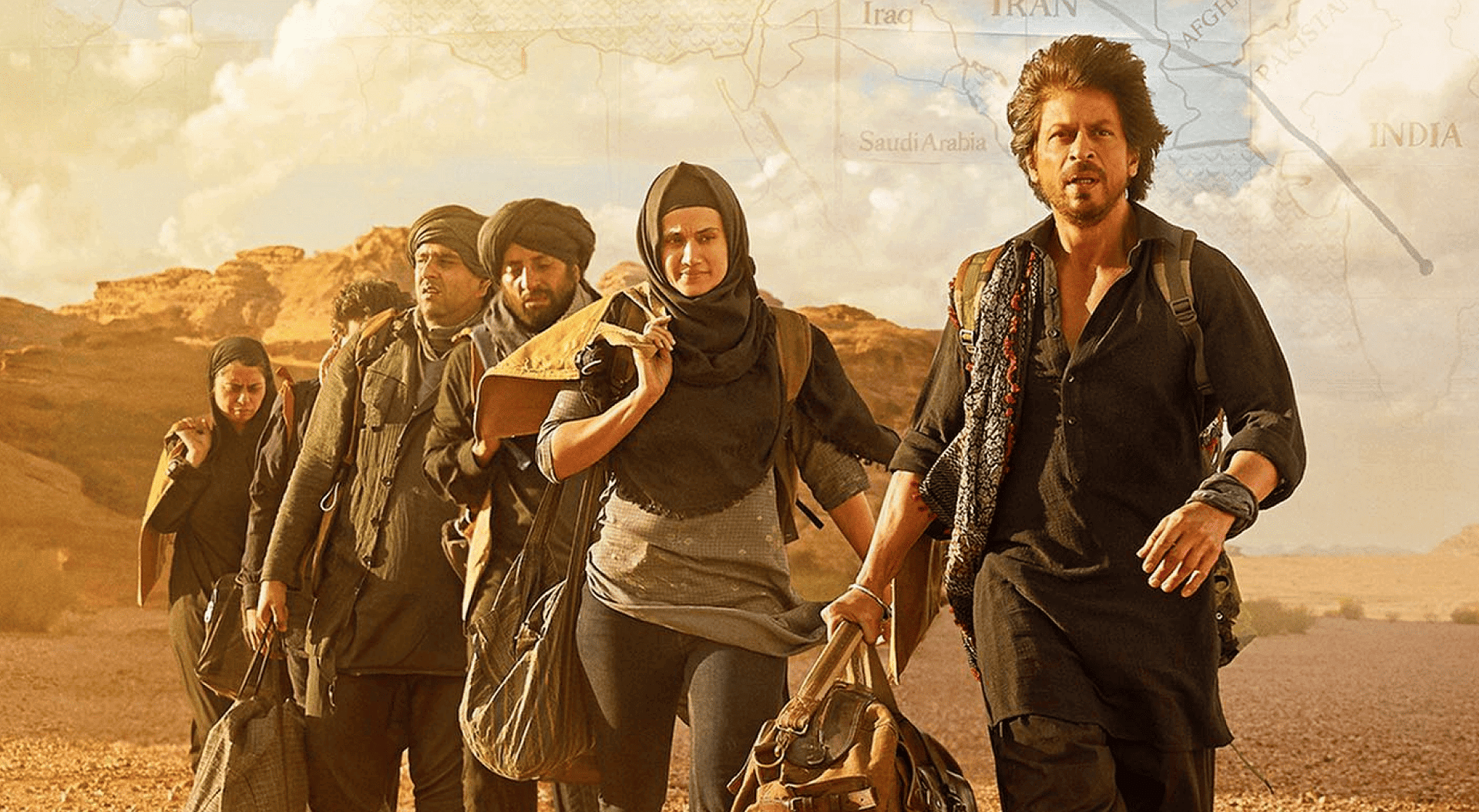Raj Kumar Hirani’s “Dunki”, starring Shah Rukh Khan, Taapsee Pannu, Vicky Kaushal and Boman Irani, will hit theaters on December 22, ahead of Christmas celebrations. Shah Rukh Khan described the story as “a journey that takes you through the crazy ride of friendship, comedy and tragedy that is life, and nostalgia for home and family.” However, what many may not know is that the Punjabi phrase “dunki” or donkey flight actually refers to an illegal method used to immigrate to countries such as the United States, Canada, and the United Kingdom.
What does Dunki mean?
Dunki is a Punjabi idiom which, according to the Migration Policy Institute (MPI), means “to jump from place to place”. This is a colloquial term for “donkey flights” or the “donkey flight method”, a dangerous illegal immigration technique involving crossing a country’s borders through the back door via several stops in other countries.
How does the Donkey Flight or Dunki method work?
The desire for a higher quality of life has spawned an industry run by “agents” who charge exorbitant fees to help smuggle people into the country of their choice. Some agents may even be running legitimate businesses while offering this dangerous option.
Agents can offer a variety of services, from fake documents to assistance with otherwise legal migration processes to people smuggling via shipping containers.
The donkey flight, or dunki, method involves immigrants applying for a tourist visa to European Union countries in the Schengen area, where they can move freely between the 26 neighboring states. After reaching the EU zone, “consultants” help illegal entry into the UK by issuing false documents or hiding in the boot of vehicles crossing the border.
Which countries are most targeted by the Dunki method?
While the donkey flight can be used to enter any country, the US, Canada and the UK are some of the most popular destinations for Indian immigrants.
According to US Customs and Border Protection (USCBP), Indians are the fifth largest source of illegal migrants entering the US from the Southwest Border. Between October 2022 and September 2023, 96,917 Indians were caught illegally crossing the border into the US. Of these, 30,010 were caught at the Canadian border and 41,770 at the Mexican border.
Risks associated with the Dunki method
Dunki comes with enormous risks, including the risk of capture, imprisonment and deportation. When supported by an agent, the system is highly exploitative. Many sell their assets, including ancestral land, to pay these agents. Agents can also seize people’s passports or other important documents to extort more money and property. In addition, smuggled migrants are also more vulnerable to becoming victims of other crimes during the smuggling process.
The terrain of the places through which immigrants may travel pose a number of risks, including harsh weather conditions, rugged terrain, and access to basic resources such as food and water.
Why do Indians choose the Dunki immigration route?
The Dunki method seems to be the most popular method of illegal immigration in Punjab, where the term also comes from. However, it has also spread to Haryana, Uttar Pradesh, Himachal Pradesh and Gujarat, according to a Financial Express report.
According to media reports, and as SRK’s latest report can portray, people are driven by the promise of a better life that includes higher incomes, more opportunities and a higher standard of living. The popular term “American Dream”, which promises the possibility of upward mobility and success for everyone, has also led to massive migration to the US. All this together also creates the lure of greater freedom and equality for individuals and families.
After independence, many families who migrated to more developed countries found better social, economic and sometimes political conditions than their Indian counterparts. This may have created a desire to migrate to the West.
The number of illegal and legal immigrants from these two states in the US, UK and Canada has increased so much that Punjabi became the third most spoken language in the Canadian Parliament in 2015.




